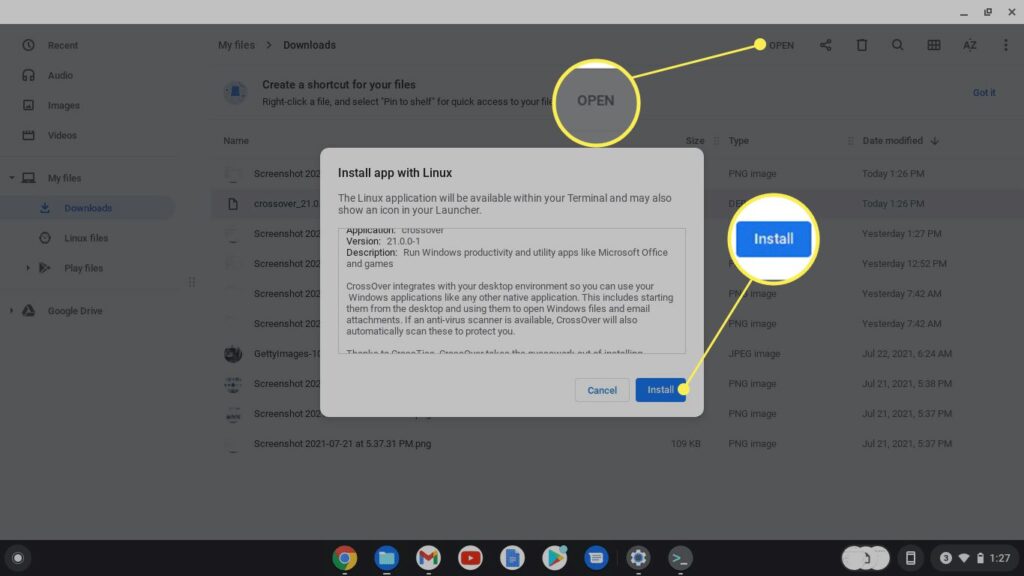If you’ve recently switched to a Chromebook and are wondering how to run Windows EXE files, you’re not alone. Chromebooks, with their sleek design and integration with Google services, are great, but running EXE files can seem tricky. Don’t worry – there are several ways to get your EXE files running smoothly on a Chromebook. In this guide, we’ll explore various methods you can use to open EXE files on a Chromebook without a hassle.
Method 1: Using Wine
Wine is a popular tool that allows you to run Windows applications on different operating systems. Here’s how you can use Wine on your Chromebook:
- Install Linux on Your Chromebook:
- Go to settings.
- Navigate to “Linux (Beta)” and enable it.
- Follow the prompts to set up Linux on your device.
- Install Wine:
- Open the Linux terminal.
- Type
sudo apt-get updateto update your package list. - Then type
sudo apt-get install wineto install Wine. - Once installed, you can open EXE files by navigating to the file in the terminal and typing
wine yourfile.exe.
This method works for many applications but can be complex for beginners.
Method 2: Using CrossOver

CrossOver is a commercial software that simplifies the process of running Windows software on Mac and Linux, including Chromebooks.
- Download and Install CrossOver:
- Visit the CrossOver website and download the Chrome OS version.
- Install it by following the instructions provided.
- Run Your EXE File:
- Open CrossOver.
- Use the installer to select the EXE file you want to run.
- Follow the on-screen instructions to complete the setup.
CrossOver is user-friendly and comes with support, making it a great option.
Method 3: Using Remote Desktop Apps
If installing and running EXE files locally isn’t feasible, you can use remote desktop apps to access a Windows computer from your Chromebook.
- Set Up a Windows PC:
- Ensure you have a Windows PC with the necessary software installed.
- Enable remote desktop access on the Windows PC.
- Use a Remote Desktop App:
- Install a remote desktop app such as Chrome Remote Desktop or Microsoft Remote Desktop on your Chromebook.
- Connect to your Windows PC through the app.
- You can now run EXE files on the Windows PC while accessing it through your Chromebook.
This method requires access to a Windows machine but is efficient for running complex applications.
Tips for Best Performance
- Keep Your Chromebook Updated: Ensure your Chrome OS is up-to-date to avoid compatibility issues.
- Check Compatibility: Some EXE files may not be compatible with tools like Wine or CrossOver, so check compatibility before installing.
- Consider Cloud Alternatives: If running EXE files is a challenge, look for cloud-based alternatives to the software you need.
Conclusion
While Chromebooks don’t natively support EXE files, there are multiple ways to get around this limitation. By using tools like Wine, CrossOver, or remote desktop apps, you can easily run Windows applications on your Chromebook. Each method has its pros and cons, so choose the one that best fits your needs. Happy computing!